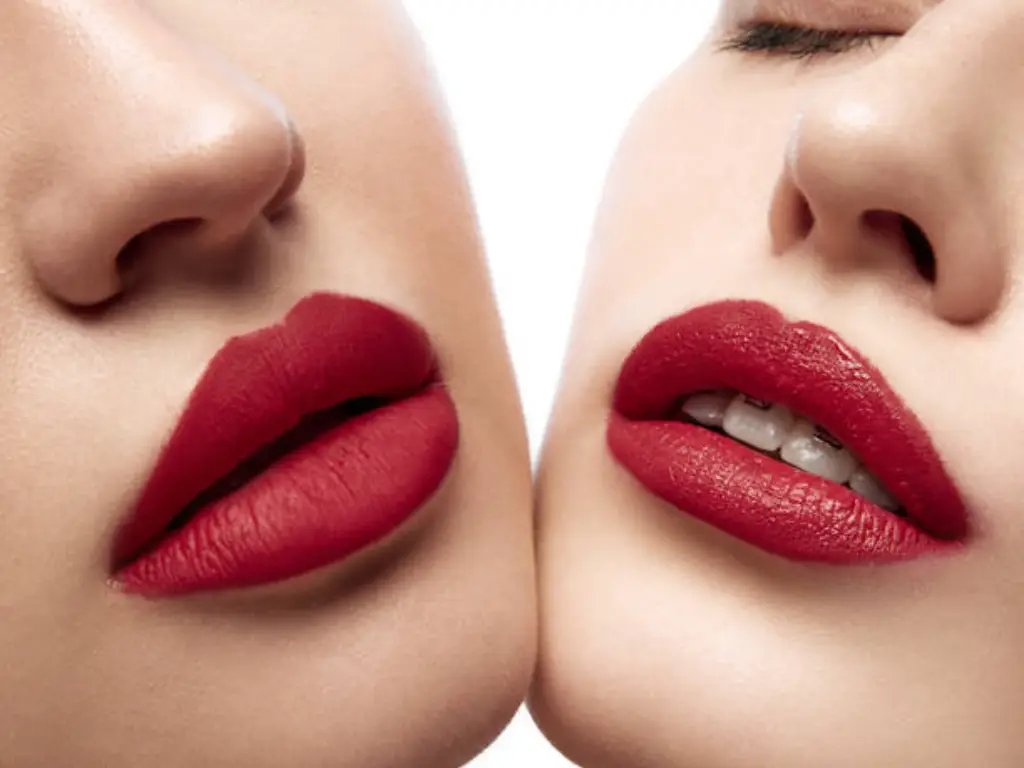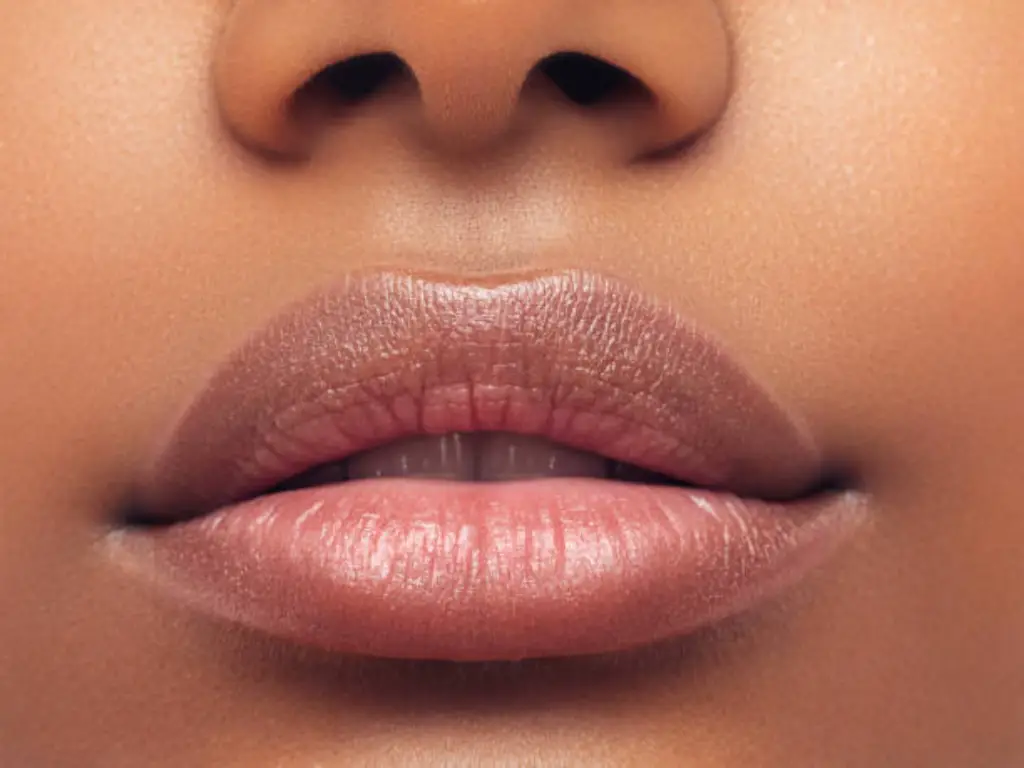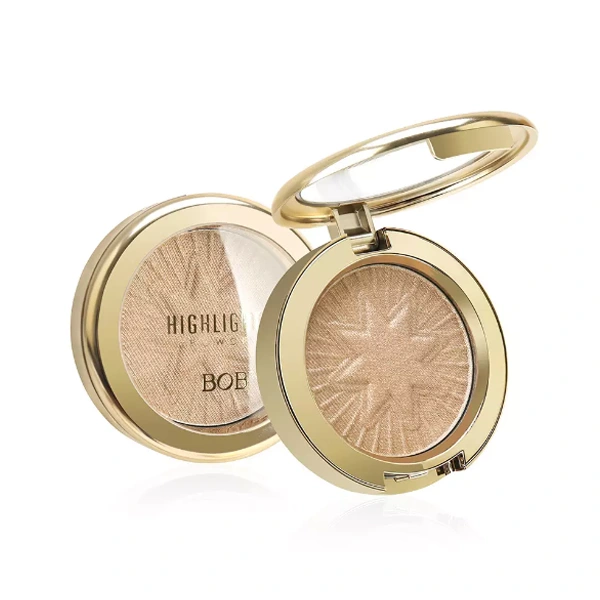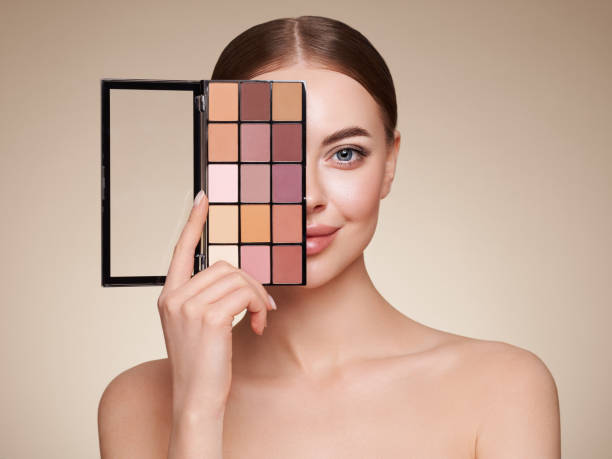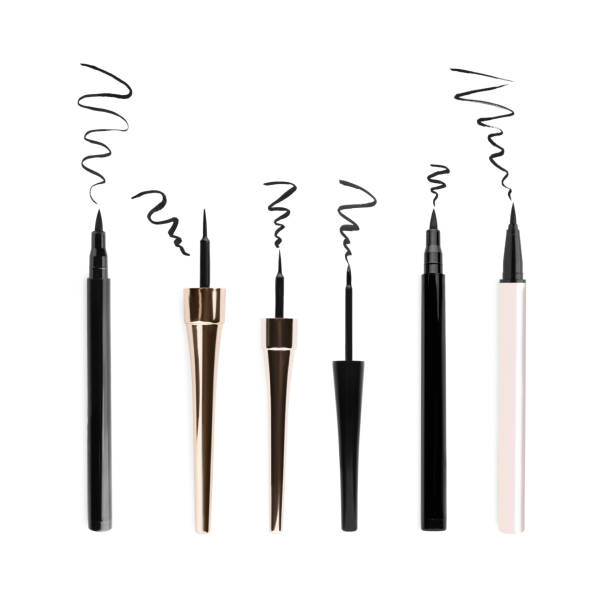Making your own lip gloss at home can be a fun and rewarding experience. Not only can you customize the colors and flavors to suit your personal preferences, but you can also control the ingredients to ensure that they are safe and natural. In this article, we will explore the main ingredients used in lip gloss, share some homemade recipes, and provide tips on how to make lip gloss at home from scratch.
What Are the Main Ingredients of Lip Gloss?

1. Base oils
Base oils are the primary ingredients to make lip gloss that provide moisture and shine. Common base oils include coconut oil, almond oil, and jojoba oil. These oils help to hydrate the lips and give the gloss a smooth texture.
2. Waxes
Waxes are used in lip gloss to give it structure and hold. Beeswax, carnauba wax, and candelilla wax are commonly used waxes in lip gloss recipes. These waxes help the gloss to adhere to the lips and provide a glossy finish.
3. Emollients
Emollients are ingredients of lip gloss that soften and smooth the lips. Ingredients such as shea butter, cocoa butter, and lanolin are often used as emollients in lip gloss. These ingredients help to keep the lips hydrated and prevent dryness.
4. Pigments or colorants
Pigments or colorants are added to lip gloss to give it color. Mica powders, iron oxides, and titanium dioxide are commonly used colorants in lip gloss. These pigments can be mixed and matched to create a wide range of shades and hues.
5. Flavorings or sweeteners
Flavorings or sweeteners are added to lip gloss to enhance the sensory experience. Natural ingredients such as vanilla extract, peppermint oil, and honey can be used to flavor lip gloss. Sweeteners such as stevia or sugar can also be added to give the gloss a sweet taste.
6. Preservatives
Preservatives are used in lip gloss to extend its shelf life and prevent microbial growth. Common preservatives used in lip gloss include potassium sorbate, ethylhexylglycerin, phenoxyethanol, caprylyl glycol, and benzyl alcohol. These preservatives help to keep the gloss fresh and safe for use.
Homemade Recipes for Lip Gloss

There are many different recipes for making lip gloss at home, using a variety of natural ingredients. Here are a few simple lip gloss recipes to get you started:
- Coconut Oil Lip Gloss: Mix coconut oil, beeswax, and a few drops of essential oil in a double boiler until melted. Pour into lip gloss containers and let cool.
- Honey Lip Gloss: Combine honey, almond oil, and a pinch of cinnamon in a small bowl. Stir well and pour into lip gloss tubes.
- Shea Butter Lip Gloss: Melt shea butter, cocoa butter, and jojoba oil together in a microwave-safe bowl. Add a few drops of vitamin E oil and pour into lip gloss pots.
How to Make Lip Gloss at Home from Scratch?
If you want to make lip gloss from scratch using natural ingredients, you will need to gather a few key supplies. You will need base oils, waxes, emollients, pigments or colorants, flavorings or sweeteners, and preservatives. Here is a simple recipe to get you started:
Lip Gloss Ingredients
- 2 tbsp coconut oil
- 1 tbsp beeswax
- 1 tbsp shea butter
- 1/2 tsp mica powder
- 5 drops peppermint essential oil
- 1/4 tsp potassium sorbate
Step-by-Step Instructions
- In a double boiler, melt the coconut oil, beeswax, and shea butter together until fully combined.
- Remove from heat and stir in the mica powder and peppermint essential oil.
- Add the potassium sorbate and mix well to ensure it is fully incorporated.
- Pour the mixture into lip gloss containers and let cool for several hours until set.
How to Make Lip Gloss at Home With Natural Ingredients?
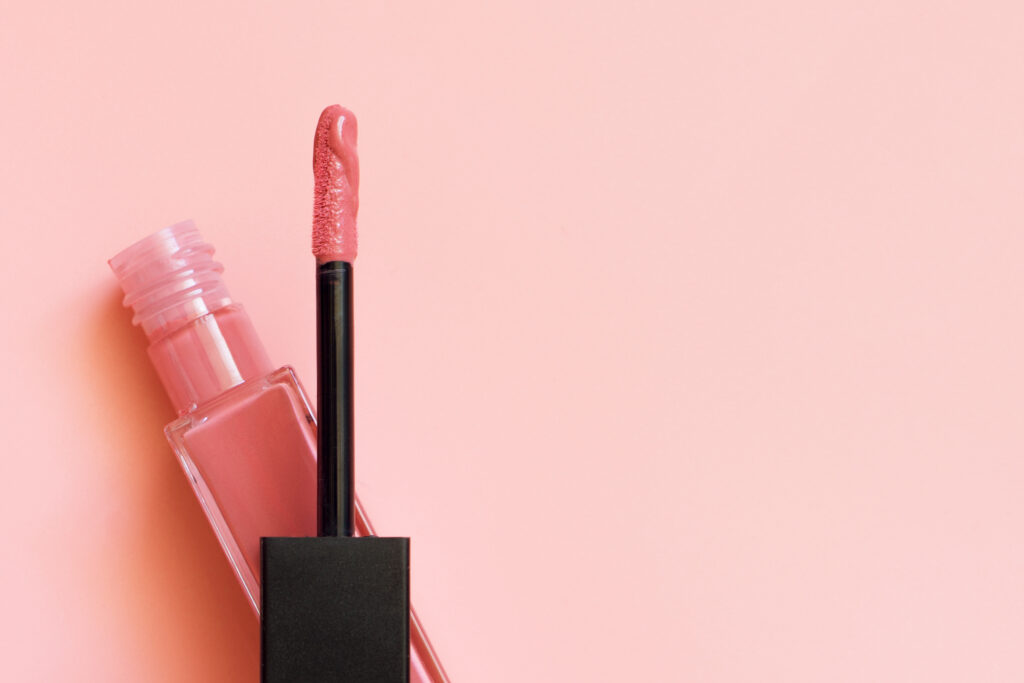
If you prefer to use natural ingredients in your lip gloss, there are plenty of options to choose from. You can use organic oils, plant-based waxes, and essential oils to create a lip gloss that is both safe and effective. Experiment with different combinations of ingredients to find the perfect formula for your lips.
How to Make Plumping Lip Gloss?
Plumping lip glosses are designed to increase the fullness and volume of the lips. These glosses often contain ingredients such as peppermint oil, cinnamon oil, or niacin to stimulate blood flow to the lips. To make your own plumping lip gloss at home, add a few drops of these ingredients to your base recipe and mix well.
How to Make Matte Lipstick Glossy?
If you have a matte lipstick that you want to transform into a glossy finish, you can easily do so with a few simple ingredients. Mix a small amount of coconut oil or clear lip gloss with your matte lipstick on the back of your hand, then apply to your lips using a lip brush or your finger. This will give your matte lipstick a shiny, glossy finish.
How to Make Lip Gloss to Sell at Home?
If you are interested in starting your own lip gloss business, there are a few key things to keep in mind. First, research the market to understand what customers are looking for in a lip gloss product. Then, create a unique formula using high-quality ingredients that will set your product apart from the competition. Finally, design attractive packaging and develop a marketing strategy to promote your lip gloss to potential customers.
How to Make Lip Gloss Last Longer?
To make your lip gloss last longer, store it in a cool, dry place away from direct sunlight. Avoid exposing the gloss to extreme temperatures, as this can cause the oils and waxes to separate. Additionally, use clean hands or a lip brush to apply the gloss to prevent contamination. If your lip gloss starts to smell or change color, it is time to replace it.
Are Preservatives Safe?
Preservatives are crucial in cosmetics products like lip balms to prevent microbial growth and prolong shelf life. Common preservatives like potassium sorbate, ethylhexylglycerin, phenoxyethanol, caprylyl glycol, and benzyl alcohol are generally safe when used in low concentrations. While some individuals may experience skin irritation from certain preservatives, regulatory agencies monitor their use to ensure safety. When choosing lip gloss products, prioritize those with safe and effective preservatives for optimal quality and longevity.
Preservatives Used in Lip Gloss

Preservatives are often used in lip gloss to prevent bacterial growth and extend the shelf life of the product. While some preservatives are considered safe for use in cosmetics, others have raised concerns about potential health risks. Here are a few common preservatives used in lip gloss:
1. Potassium sorbate
Potassium sorbate is a mild preservative that is commonly used in cosmetics and food products. It is considered safe for use in lip gloss and other skincare products, as it is effective at inhibiting the growth of mold and yeast without causing skin irritation.
2. Ethylhexylglycerin
Ethylhexylglycerin is a synthetic compound that is often used as a preservative and skin conditioning agent in cosmetics. It is considered safe for use in lip gloss, as it helps to prolong the shelf life of the product and prevent microbial growth.
3. Phenoxyethanol
Phenoxyethanol is a preservative that is widely used in skincare products, including lip gloss. While it has been associated with skin irritation in some individuals, it is generally considered safe for use in cosmetics at low concentrations.
4. Caprylyl Glycol
Caprylyl glycol is a skin conditioning agent and preservative that is used in lip gloss to prevent bacterial growth and extend the shelf life of the product. It is considered safe for use in cosmetics, as it has low toxicity and is well-tolerated by most individuals.
5. Benzyl Alcohol
Benzyl alcohol is a preservative that is used in cosmetics to prevent microbial growth and extend the shelf life of the product. While it can cause skin irritation in some individuals, it is generally considered safe for use in lip gloss at low concentrations.
Lip Gloss Ingredients You Should Avoid
While many lip gloss ingredients are safe and effective, there are some that you may want to avoid due to potential health risks. Here are a few ingredients commonly found in lip gloss that you should be cautious of:
1. Parabens
Parabens are synthetic preservatives that are used in many cosmetics, including lip gloss. They have been linked to hormone disruption and allergic reactions in some individuals, so it is best to choose paraben-free lip gloss products.
2. Phthalates
Phthalates are chemicals that are used to soften plastics and are often found in fragrances and colorants in lip gloss. They have been linked to reproductive and developmental toxicity, so it is best to avoid lip gloss products that contain phthalates.
3. BHA and BHT
BHA (butylated hydroxyanisole) and BHT (butylated hydroxytoluene) are synthetic antioxidants that are used in lip gloss to prevent rancidity. They have been classified as possible carcinogens by the International Agency for Research on Cancer, so it is best to choose lip gloss products that are free of these ingredients.
4. Synthetic Antioxidants
Synthetic antioxidants such as propyl gallate and TBHQ (tert-Butylhydroquinone) are often used in lip gloss to prevent oxidation and extend the shelf life of the product. These ingredients have been linked to allergic reactions and skin irritation, so it is best to avoid lip gloss products that contain synthetic antioxidants.
5. Artificial fragrances or flavors
Artificial fragrances and flavors are often used in lip gloss to enhance the sensory experience. However, these ingredients can contain a cocktail of chemicals that may be harmful to your health. It is best to choose lip gloss products that are free of artificial fragrances and flavors and opt for natural alternatives instead.
Conclusion
Making your own lip gloss at home can be a fun and rewarding experience. By using natural ingredients and avoiding harmful chemicals, you can create a lip gloss that is safe and effective for daily use. Whether you are looking to customize the colors and flavors of your lip gloss or start your own lip gloss business, there are plenty of options to explore. Experiment with different recipes and ingredients to find the perfect formula for your lips, and enjoy the benefits of beautiful, healthy-looking lips.


